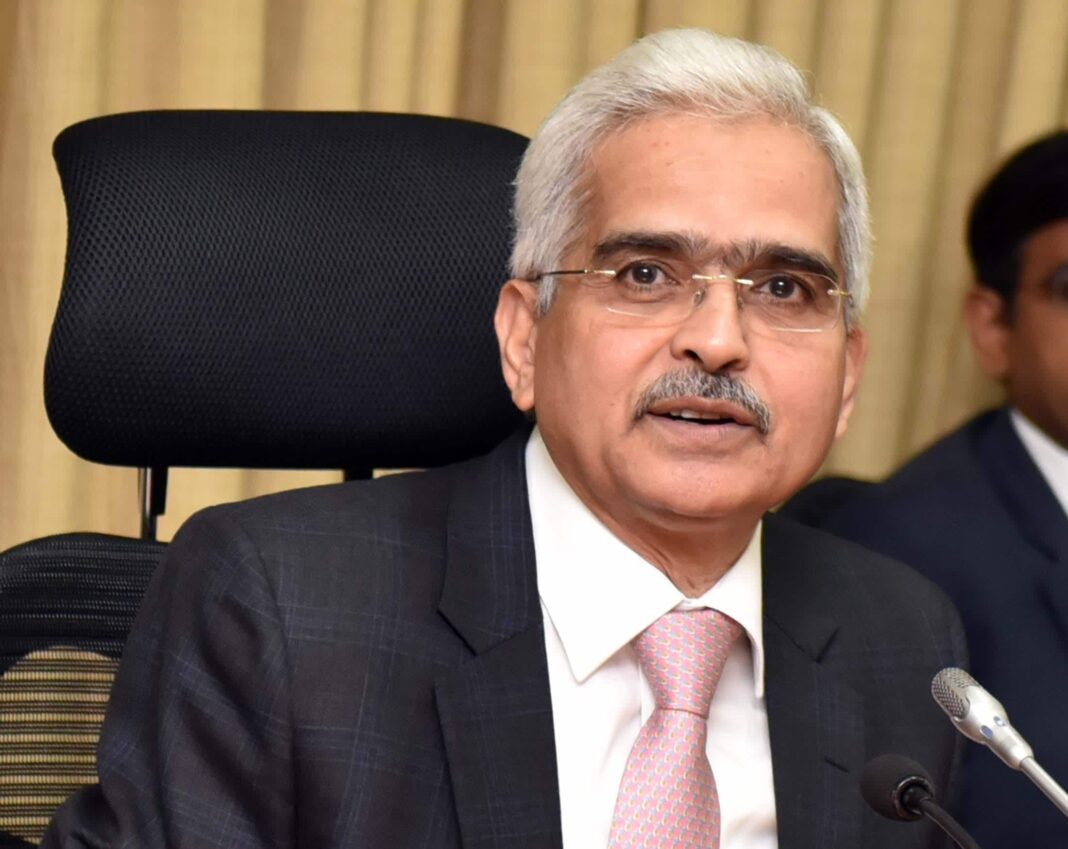Reserve Bank of
India (RBI) Governor SHAKTIKANTA DAS, Deputy Governors
MICHAEL DEBABRATA PATRA,
MAHESH KUMAR JAIN,
T RABI SANKAR, and
M RAJESHWAR RAO addressed the media on Thursday on several issues at a post-monetary policy press briefing.
Shaktikanta Das’ opening remarks
It’s a pause, not a pivot. There has been an effective rate hike of 290 basis points (bps) bps the past year, including a 40-bps standing deposit facility rate increase. This 290-bps rate increase has translated into a daily average call rate increase of 320 bps since March last year. It is, therefore, necessary to assess the cumulative impact of our actions taken thus far.
The monetary policy committee remains watchful and will not hesitate to take further actions in its future meetings as may be necessary. The job is not finished yet.
Given the overall macroeconomic and financial stability, our priority continues to be price stability.
If inflation proceeds in line with the RBI’s trajectory, will you still have to hike or can there be a pause?
Das: The average inflation we have given for the current fiscal year is 5.2 per cent. Our target is 4 per cent. Given the confluence of factors which prevail today, we have taken this policy decision in today’s meeting.
If you see the stance of withdrawal of accommodation, it says to progressively align with the target. We have to keep in mind that 4 per cent is the target and we will work towards it. Given the uncertainties, it will not be possible to draw assumptions or say I will act accordingly should these assumptions work.
What is the status of the New Umbrella Entity (NUE)?
T Rabi Sankar: We have had a look at the applications. Through the NUE mechanism, the objective was to introduce innovative, infrastructural, value-added facilities into the system.
Our digital ecosystem is already quite active and innovative. We wanted to introduce some new ideas. We did not want something which was either incremental or a substitute for existing ideas/technology.
In the proposals we received, we did not quite see any innovative or infrastructural solution that had come up. That’s where it lies at this point.
What lies ahead for digital payments in India?
Das: Digital payments have come here to stay. In the past few years, in the digital payments space, India has made phenomenal strides. At the last finance ministers and central governors’ Group of Twenty meeting, we showcased different aspects of our digital payments, including Unified Payments Interface (UPI) and the central bank digital currency (CBDC).
We had launched this facility wherein travellers from other countries could use UPI for making local payments, even though they did not have bank accounts here. The linkage with Singapore’s PayNow aroused interest.
The phenomenal success of UPI in a large and populous country like ours generated enthusiasm. The RBI and the National Payments Corporation of India are in discussions with several countries to have similar arrangements as we have with Singapore and expand UPI’s footprint.
Our version of the digital rupee drew attention. An eminent person said the only thing he missed in the CBDC was the ‘smell of new currency notes’.
Has the RBI tweaked its stress test mechanism in the aftermath of the Silicon Valley Bank crisis?
M K Jain: We have issued guidelines to banks that there should be board-approved policies to use various scenarios to do stress testing.
As part of the financial stability unit and the financial stability report (FSR), we use various techniques to conduct stress tests.
In our supervision exercise, we stress-test the entire portfolio on several parameters. Tweaking is not required.
The parameters that need to be monitored in the present-day situation have been factored in, such as interest rate risk on bank books. They are part of our regular stress-test exercise.
MICHAEL PATRA: In our FSR, we do an exercise called interconnectedness. We do a solvency contagion analysis. We found that if we take the non-banking financial company (NBFC) sector with the maximum potential to trigger losses and there is an idiosyncratic failure of those NBFCs, there will be losses to the banking system. But no bank will go below the minimum capital requirement.
Does the small finance bank (SFB) business model pose a threat to the financial stability of the economy?
Jain: SFBs have converted from NBFCs-microfinance institutions. Earlier there was a lot of concentration on geographical, as well as business terms. Now, there is a road map, where they are diversifying. But it cannot happen overnight. They require more time.
As far as raising funds at a higher cost and offering better net interest margins, we track the SFB model and conduct stress tests. Wherever we find risk build-up, we advise banks to address it.



